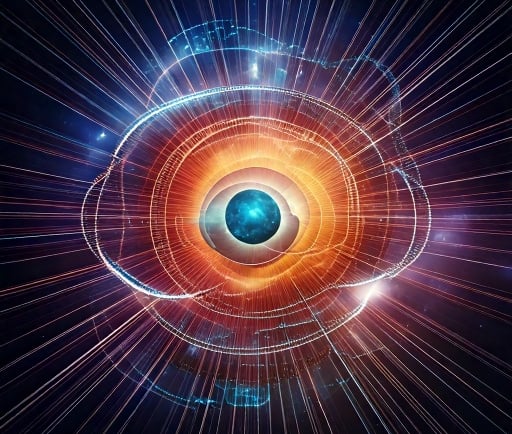Exploring the Nature of Gluons and Preons: Hypothetical Building Blocks of Matter


Introduction to Subatomic Particles
The structure of matter has long fascinated researchers, leading to the exploration of its fundamental components. Among these components are quarks and leptons, which themselves may be further dissected into hypothetical particles known as gluons and preons. Understanding these subcomponents could unlock answers to profound questions about the universe's fabric.
The Role of Gluons in Particle Physics
Gluons are fundamental particles that act as a mediator for the strong force, which holds quarks together within protons and neutrons. In essence, they are responsible for binding quarks through the exchange of color charge, a property unique to quantum chromodynamics (QCD). Without gluons, the stability of atomic nuclei would be impossible, leading to a collapse of matter as we know it.
Preons: The Hypothetical Substructure of Quarks and Leptons
Preons, on the other hand, are theoretical phenomena suggested to be subcomponents of quarks and leptons. While quarks serve as the building blocks of larger particles, preons may represent a layer deeper within their structure. This hypothesis emerges from attempts to simplify the Standard Model of particle physics by proposing that fewer, more fundamental entities could explain the existing particles and their interactions. Though the concept of preons is still speculative, it provides an intriguing avenue for exploration in theoretical physics.
In essence, both gluons and preons illuminate crucial aspects of particle interaction and hierarchical organization within the universe. Their roles, particularly in the framework of strong interactions, highlight the complexities of subatomic forces and the quest to comprehend them.
